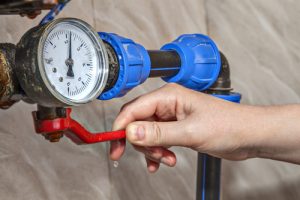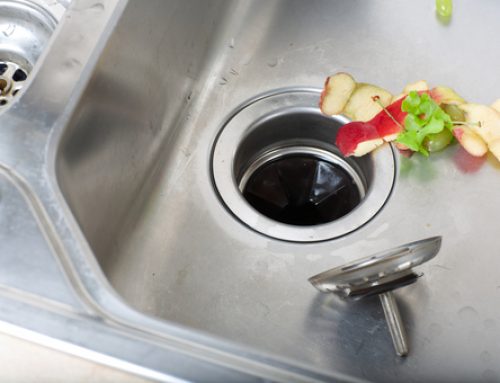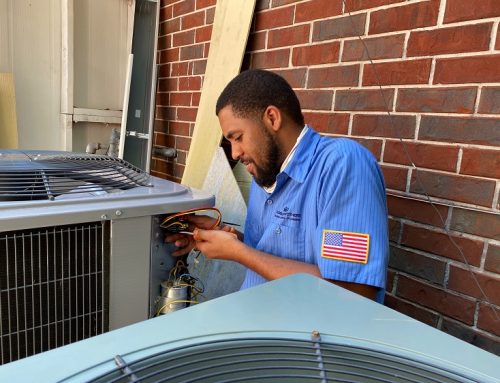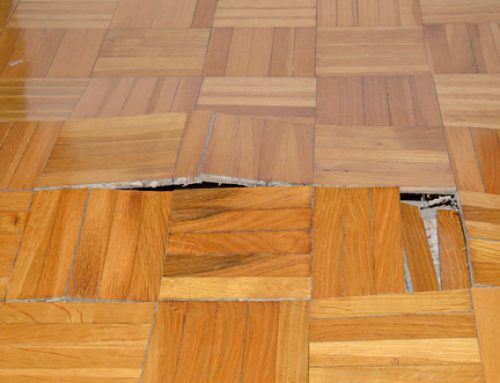
What’s a Shut-Off Valve?
A shut-off valve is simply a large knob you can use to turn off the water or gas to a particular house feature or your entire home. The most important thing to remember is that in an emergency, these valves do exactly what their name implies: shut off the gas or water to prevent severe damage that could end up costing thousands of dollars in repairs.
How to Locate Your Home’s Shut-Off Valves
Shut-off valves are often hidden from view, and they vary in location, shape, and number based on the age of your home, your community’s local codes, and more.
- Gas Valve: If your home has natural gas, the main shut-off valve is located just before the gas meter. Also called a street-side valve, it’s typically rectangular in shape. Gas companies would prefer that you not touch this valve but, rather, use the house-side main shut-off valve located after the meter. If you live in a newer home with a high-pressure gas system, you’ll see a flexible copper pipe that runs from the meter to another location in your house. In this case, your shut-off valve is most likely next to your furnace or water heater.
- Water Valve: Just about all water meters have one main shut-off valve that cuts off all water to the main house. Water meters can be in the basement, crawl space, or near the furnace or water heater. For much older homes without a meter, the shut-off valve will be located on the main water supply pipe that comes into your house.
There are things in life worth learning before it’s too late. Take time now to familiarize yourself with the location of your shut-off valves to avoid a big disaster later. To learn more about shut-off valves and other preventative maintenance you can do to keep your home safe, contact Bradbury Brothers Heating & Air Conditioning today.




